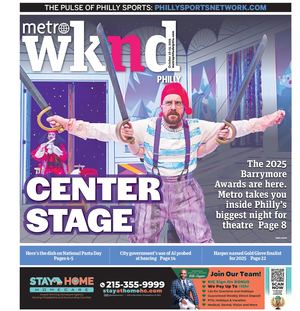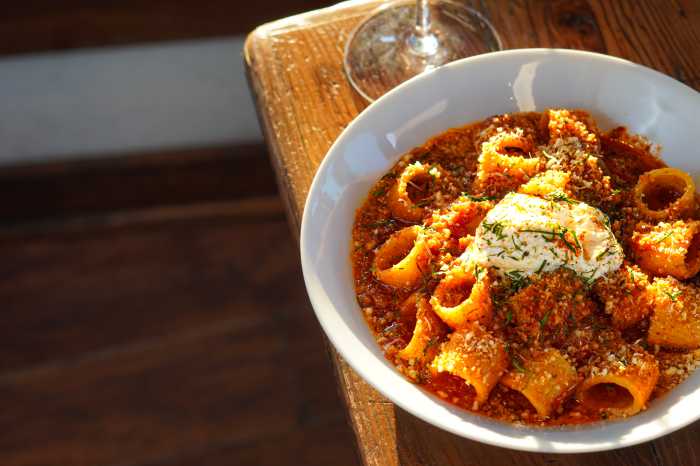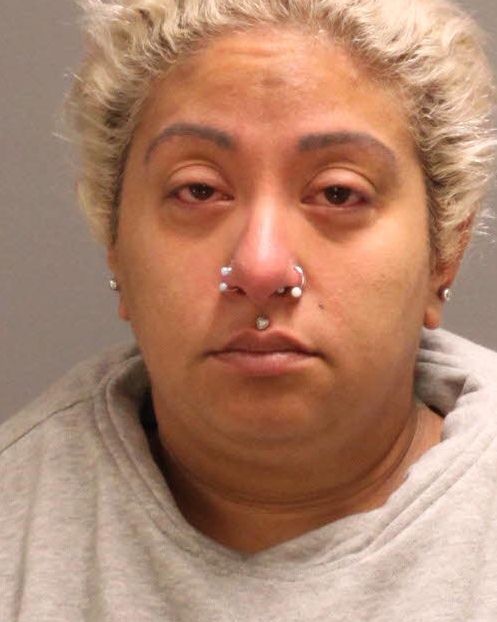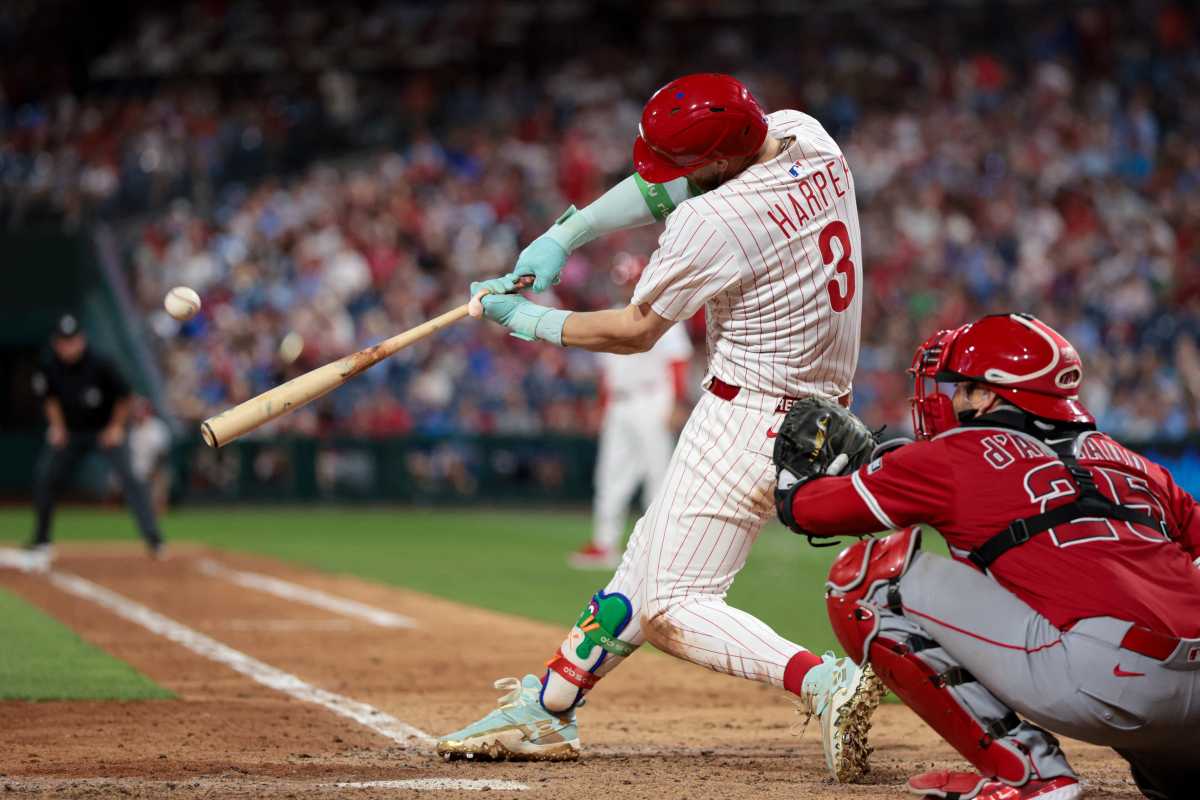 A home on Alder Street, before house flipper Mike Tomasetti stepped in.
A home on Alder Street, before house flipper Mike Tomasetti stepped in.
Credit: Mike Tomasetti
It seems like the housing market is finally starting to steady itself. This year, reports from various sources, including the National Association of Realtors, have shown positive numbers and outlooks for the market, which got us wondering: If we were feeling real saucy, what would it take to flip a house in Philly? We spoke with Mike Tomasetti, real estate investor and owner of Philly Home Flipper, to find out.
Location, location, location
Sounds cliché, sure, but there’s a reason this is the golden rule of real estate. “Investing in desirable neighborhoods reduces risk by ensuring a strong pool of buyers,” Tomasetti tells us. “Areas consistently in demand are Bella Vista, Queen Village, Society Hill, and Washington Square West.”
Of course, a flip-worthy house will not be cheap in these hoods. “These areas require a high capital investment,” says Tomasetti, “but they can reward big returns.”
Tomasetti reminds us that neighborhoods in transition — which he says includes Pennsport, Kensington and Francisville — are also worth investigating. “These areas are desirable to first-time home buyers and require less capital.”
Budget
Make sure you crunch the numbers and remember that every aspect of buying and selling has a price tag. “Before closing a deal, walk through the property with your general contractor to get a solid estimate of construction costs,” says Tomasetti. “If you plan to use investors, make sure you know the cost of those funds. And talk to your insurance agent. Consider closing costs of the purchase and sale.”
Know your buyer
Your flip could be dazzling, but if it isn’t what your buyer had in mind, it could be a flop. According to Tomasetti, there are specific things a flipper should know about his buyer. “How much are they willing to pay? What types of amenities are important to them? To determine these factors, tour open houses in the same neighborhood and get a good understanding of the product,” he says. Remember, you’re flipping the house to fit what the buyer wants, not what you want.





























